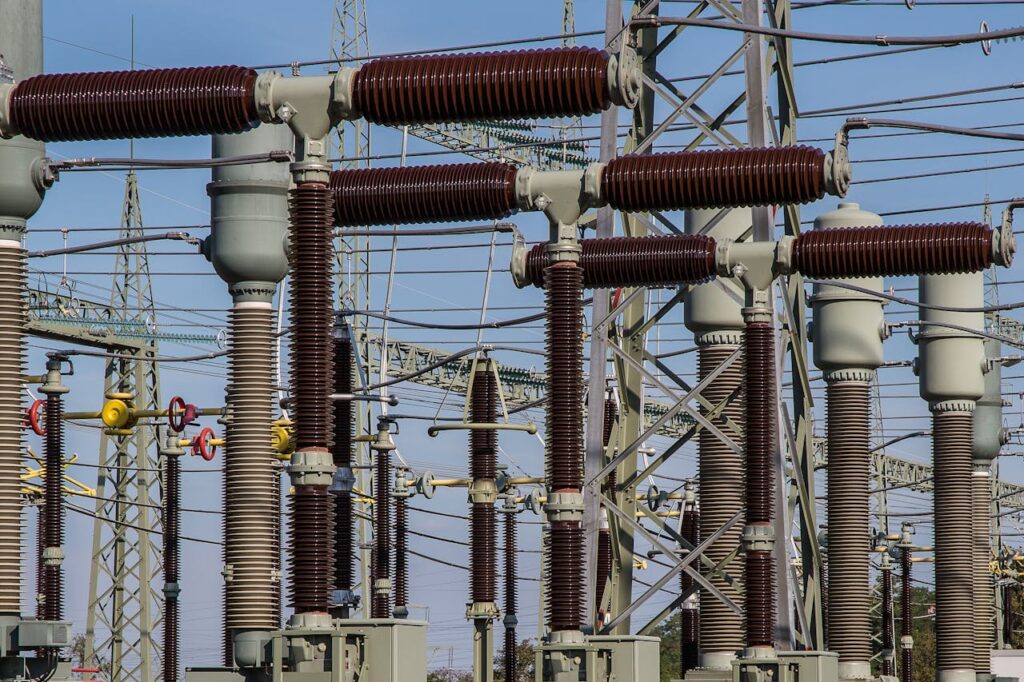After a major power grid failure emergency response systems were put through their paces.

After a major power grid failure emergency response systems were put through their paces.
A significant power grid failure caused millions of people to be without electricity for many hours, which disrupted their daily lives, halted public transportation, and had an impact on essential services. This incident was a dramatic occurrence that highlighted the fragility of contemporary infrastructure at the time. The blackout, which affected a number of different places, turned out to be an unanticipated real-world stress test for the emergency response systems. In order to control traffic, safety, and public health threats, first responders worked around the clock. Hospitals switched to backup generators, communication networks encountered delays, and first response teams worked around the clock. Despite the fact that the outage resulted in a great amount of annoyance, it also provided us with vital insights about the degree to which our systems are prepared to deal with large-scale interruptions to the infrastructure, as well as the areas in which immediate changes are required.
1. How extensive the power outage is
Across a number of places, the blackout had an impact on residential communities, commercial centers, and industrial sites. It was clear that the broad need on a reliable energy supply was shown by the fact that the power outage affected both heavily populated cities and rural regions.
2. Immediate Communication and Coordination of Efforts
Immediately after the power loss was discovered, the pre-planned response processes of the government agencies, emergency services, and energy corporations were automatically initiated. In the meanwhile, control centers sought to determine the cause of the breakdown while also ensuring that key services continued to function normally.
3. Pressure is being placed on hospitals and other medical facilities
Among the most crucial sectors that were impacted were institutional healthcare facilities. Life-support systems, operating rooms, and critical care units were all maintained by backup generators; nonetheless, there were ongoing worries over the availability of fuel and the dependability of the equipment.
4. Difficulties Experienced in Communicating During the Blackout
There were delays in communication between the authorities and the general people as a result of the power outages that occurred at some cellphone towers and internet service providers. In the process of transmitting instructions, emergency radio stations emerged as an important connection.
5. A disruption in the flow of traffic and transportation
As a result of the traffic signals going black, there was an increase in the likelihood of accidents occurring. The operation of public transportation networks such as trains and subways was interrupted, leaving travelers stranded and necessitating the implementation of planned evacuation procedures.
6. Concerns Regarding Safety and Security for the Public
During the power outage, law enforcement and security services were confronted with the problem of preventing crimes such as looting, vandalism, and other offenses. It was promptly decided to increase the number of patrols and to implement neighborhood watch programs.
7. Community Support and Emergency Shelters for People in Need
It was decided to transform public buildings, schools, and community centers into temporary shelters for vulnerable groups. These shelters provided vulnerable persons with light, food, and temperature control.
8. Putting the Capabilities of Backup Systems to the Test
The event brought to light the degree to which backup generators, battery systems, and solar-powered facilities were able to maintain operations during lengthy power outages, or how badly they supported operations. The performance of many systems was satisfactory, although several of them failed prematurely.
9. The Importance of Renewable Energy Sources in Stability
The potential of renewable energy to improve grid stability and independence was shown by the fact that areas that had incorporated solar panels and battery storage enjoyed reduced downtimes.
10. Awareness and preparedness of the general public
The blackout acted as a wake-up call for the locals, many of whom were aware that they were without fundamental emergency supplies such as rechargeable batteries, flashlights, and water that had been stocked.
11. Investigating the Cause of the Problem
The breakdown is now being investigated by specialists to determine if it was caused by technical issues, cyberattacks, or environmental reasons such as very severe weather. In the future, preventative tactics will be determined by the findings.
12. Important Lessons Relating to Emergencies in the Future
The officials underlined that while response times were largely good, the incident showed deficiencies in coordination, backup capacity, and public communication. Despite this, reaction times were mostly effective.
13. Moving forward with the collaboration between the government and industry
For the purpose of safeguarding energy infrastructure, policymakers are now advocating for more stringent maintenance schedules, investments in smart grids, and more robust cybersecurity measures.
14. Working to Create an Energy System That Is More Resilient
The emphasis is turning toward updating the grid in order to manage both natural and human-made disturbances. This includes the installation of technologically sophisticated battery storage as well as subterranean electricity cables.
15 A Reminder of the Precariousness of the Infrastructure
In the end, the outage was more than just a momentary annoyance; it served as a sharp reminder that even the most advanced systems are susceptible to failure, and that resilience is established via foresight, preparedness, and innovation.







